Description
Familiarity with Treatment
Ankle arthroscopy is a minimally invasive surgical procedure that utilizes a small camera and specialized instruments to diagnose and treat various ankle conditions. It allows for a comprehensive examination and treatment of ankle issues with minimal disruption to the body.
Who is it Suitable for?
Ankle arthroscopy is suitable for individuals with ankle arthritis, osteochondral injuries, ankle fractures, ankle sprains/instability, and those requiring ankle fusion surgery. It is a minimally invasive procedure that can effectively diagnose and treat a range of ankle conditions.
Who is it Not Suitable for?
Ankle arthroscopy may not be suitable for individuals with certain health risks or specific ankle conditions. It is generally recommended as a last resort once all non-invasive measures have been exhausted. It’s important to consult with a healthcare professional to determine the suitability of this procedure for individual cases.
Advantages
- Minimally Invasive: Ankle arthroscopy involves small incisions, resulting in less surgical morbidity, postoperative pain, and a quicker return to preoperative activities.
- Faster Recovery: Patients may experience a faster recovery compared to traditional open surgery, with the ability to resume normal activities within a few days to several weeks, depending on the complexity of the surgery.
- Comprehensive Examination: The procedure allows for a thorough examination of the ankle joint, aiding in the diagnosis and treatment of various ankle issues.
Complications
Complications of ankle arthroscopy are rare, but potential risks include injury to nerves and blood vessels around the ankle, numbness or tingling over the top of the foot, and ankle instability. However, these complications are uncommon and can often be managed effectively with appropriate postoperative care.
Preoperative Care
Careful preoperative planning and meticulous technique are important for ankle arthroscopy. Preoperative mapping of vascular structures with a duplex or handheld Doppler is a good preventive measure. Additionally, methods to avoid injury to nerves during placement of the anterior portal have been proposed, such as topographical palpation of the nerves and marking of the nerves by transillumination of the skin with an arthroscope.
Postoperative Care
After ankle arthroscopy, patients may start walking on the operated ankle right away. The small cuts heal quickly, and patients may be shown how to do gentle exercises as they heal. Depending on the complexity of the surgery, physical therapy may be recommended to help regain the full use of the ankle. It’s important to follow the doctor’s instructions carefully and seek medical care for any questions or concerns after the surgery.
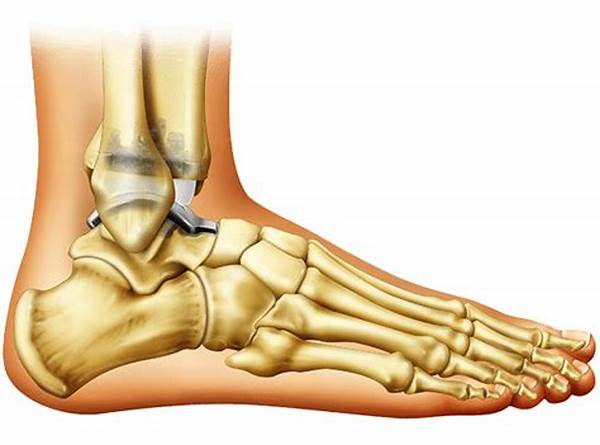
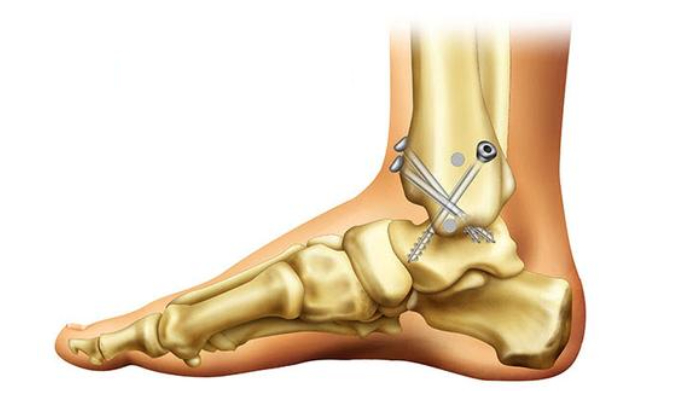
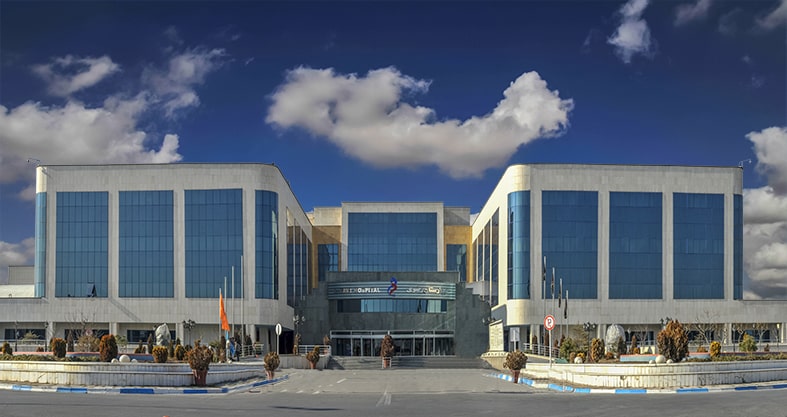


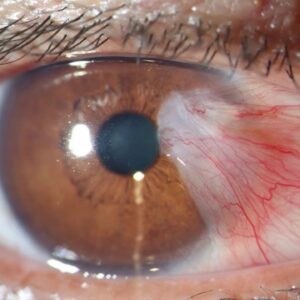
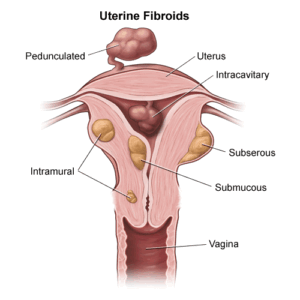

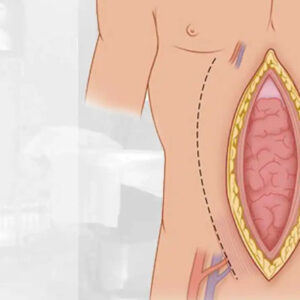
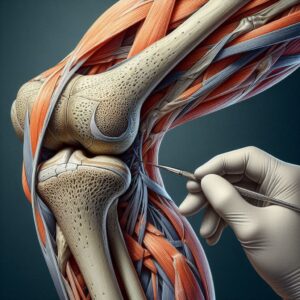
Reviews
There are no reviews yet.